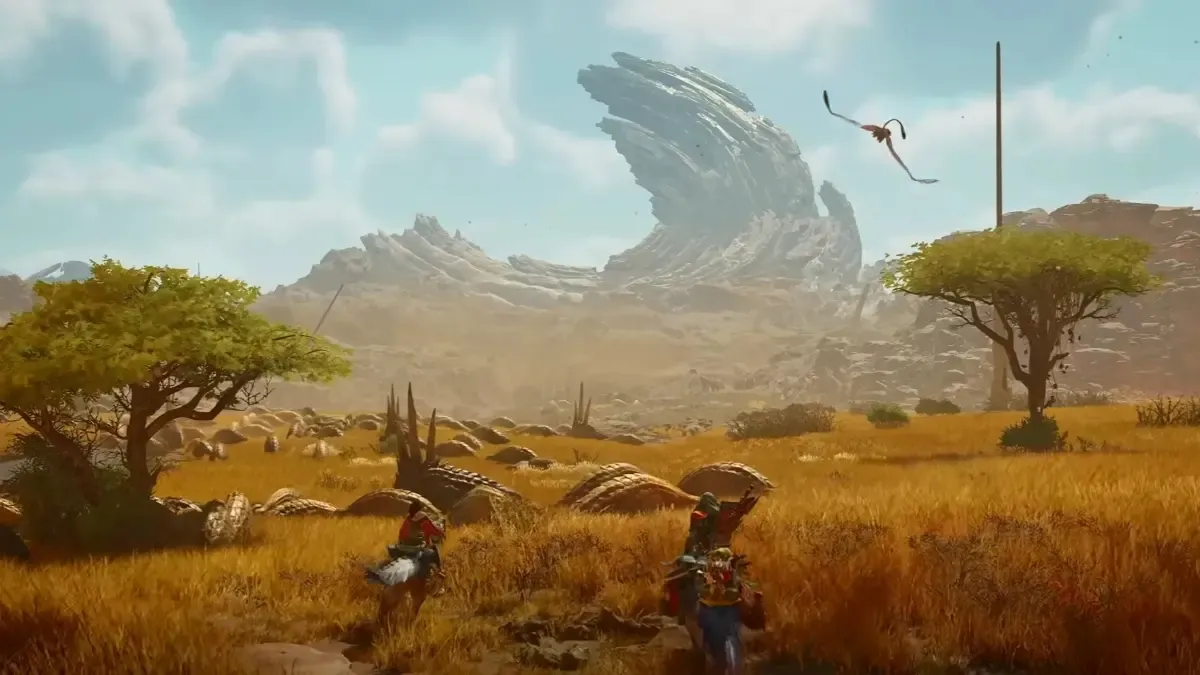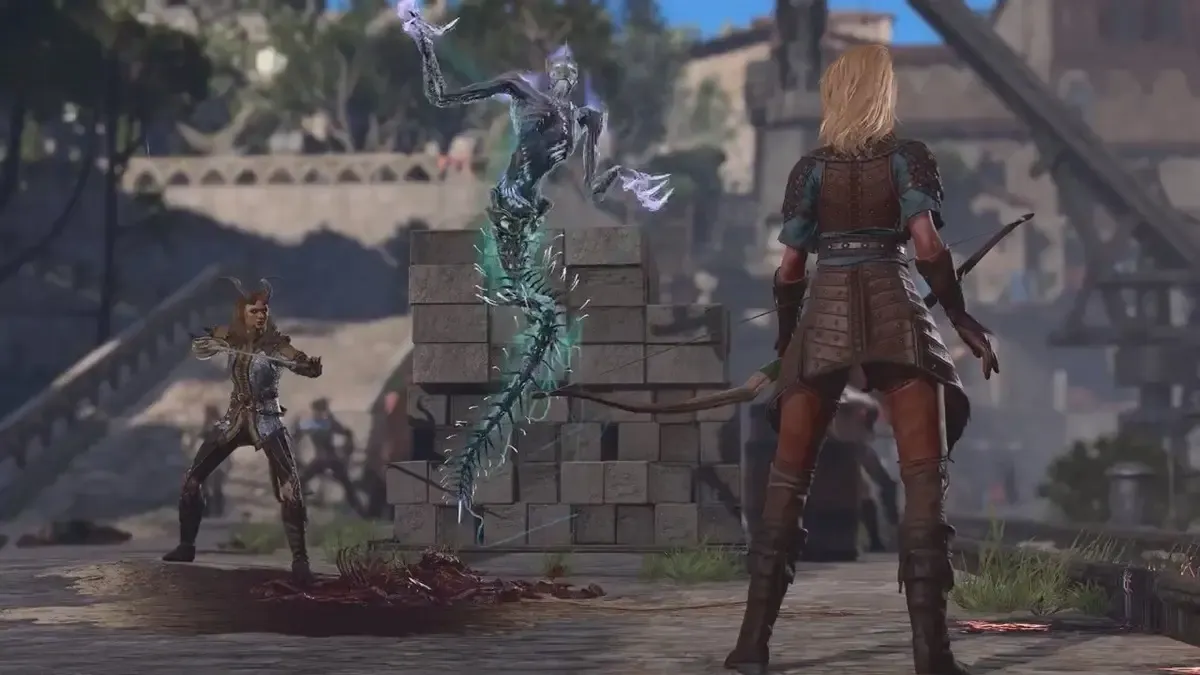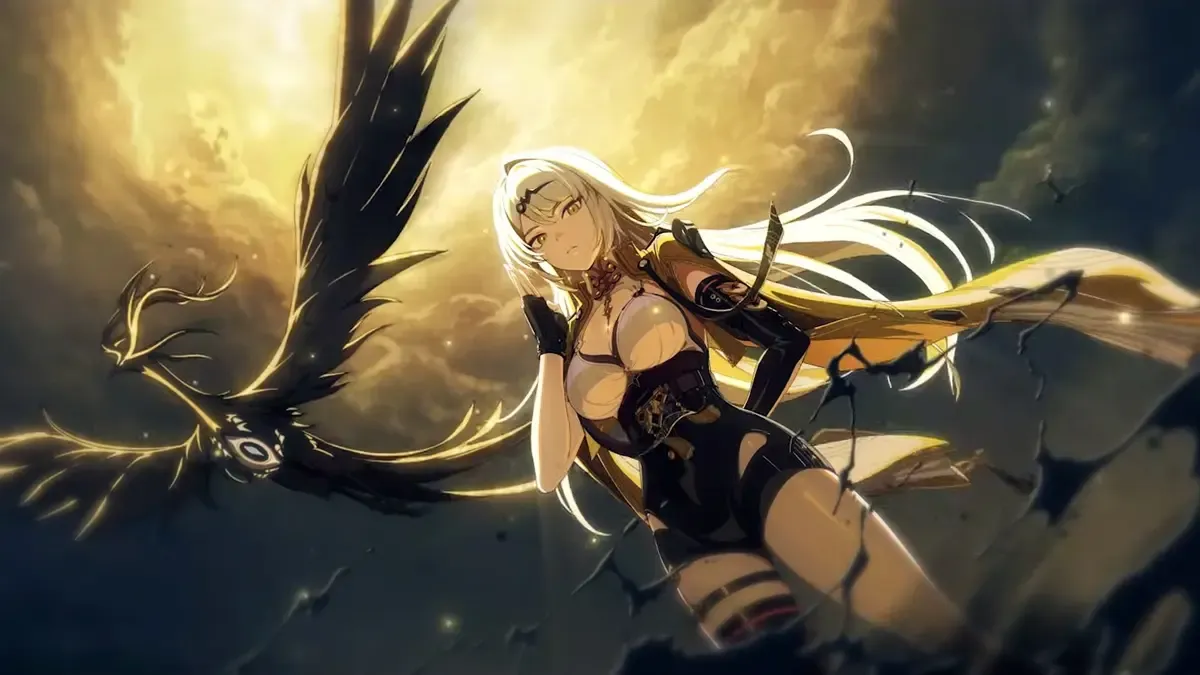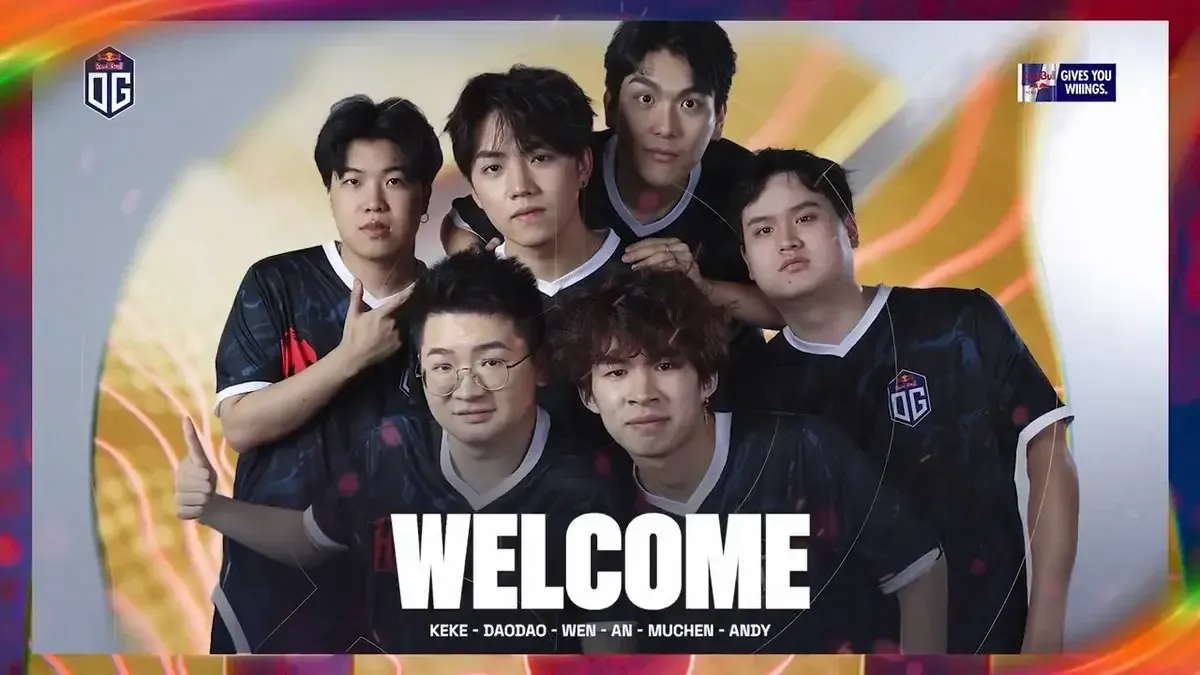Image: Capcom
Monster Hunter Wilds' developers want players to experience a vivid, living world that exists beyond serving as arenas for hunting monsters.
Monster Hunter Wilds is one of the most highly-anticipated video game releases next year. As the next mainline title for one of Capcom's most successful franchises, Wilds will be looking to build on the overwhelming success of its predecessor in Monster Hunter World, which reached over 25 million units sold earlier this year.
After over a decade of being a niche series about – you guessed it – hunting monsters, Monster Hunter World started a shift in what the series offered players beyond the grind of hunting monsters to craft gear using their body parts to help them hunt stronger monsters. World, true to its name, allowed players to immerse themselves in rich, living environments where monsters acted more like real animals trying to survive in nature instead of just glorified boss fights for them to beat up.
With Wilds, Capcom is looking to build on that strong foundation and present players with a world where they could easily find themselves admiring the vivid scenery on their way to hunting a monster. More than that, the developers want players to be invested in it. Monster Hunter has never been known for its narrative strengths, but Capcom is making a concerted effort to create a compelling story for Wilds.
In an interview during gamescom asia 2024, Monster Hunter producer Ryozo Tsujimoto told GosuGamers that a “sense of immersion” in the game's world and story was one of the main themes they envisioned for Wilds.
“One of the main themes of Monster Hunter Wilds is the sense of immersion in the game’s world. The story itself is also very much about that sense of immersion. When we were working on the story, we didn't want to just focus on the monsters, but also on the people sharing the world with them as well.”
A silent Hunter no more
One of the changes in the series' formula the developers implemented in Wilds with immersion in mind was the decision to have the player character, the Hunter, actually start speaking instead of having a vocabulary that consisted of mostly mumbles and grunts. For the developers, a speaking Hunter will help the players better insert themselves into the game's story – no longer just a bystander to whatever is happening in the narrative until he has to go hunt some monster threatening the local village.
“We know that the Hunter has never really talked much outside of small grunts in previous titles. So we included the voice acting for the Hunter, but we did it in a way that the Hunter could approach the sense of immersion we were going for. We really tried to strike the right balance between keeping the same tone for the Hunter as with the rest of the series while also letting the Hunter’s personality shine a bit more.”
That decision also extended to the Palico, a member of the Felyne species (basically adorable bipedal cats) that serve as companions for Hunters that assist them in both hunting and exploration. Felynes were always able to speak in canon, with their vocabulary notably having an abundance of cat-related puns, but the decision to have players actually hear them speaking was a rather divisive change.
Capcom assured players that they still have the option to have their Palicoes continue communicating with them through meows, but Tsujimoto revealed the decision to have them speak still had immersion in mind. While some may find it jarring to hear their cat companion speaking to them, Capcom said it was a way for them to improve how helpful Palicoes are during hectic hunts.
“It's true that we've had a lot of discussions about whether or not we should have the Palico speak for a while now. But this time, we wanted to have a more seamless game experience as the Palico assists the player while also avoiding having the player stop to read what they were saying. We wanted to create an environment where they could give auditory advice in-game and explain the environment in-game in a natural way. This also applies to the Handler, Alma, explaining the environment in-game to support the player. So, we wanted the Palico to better support the player when they’re in action, so that’s why they’re being voiced now.”
Regardless of whether players want to have talking or meowing Palicoes, Tsujimoto assures that they will remain as adorable as ever. The developers made a concerted effort to make Palicoes more expressive and have cute new mannerisms that will hopefully make players take better care of them during hunts. Tsujimoto even said that the voiced Palicoes were well-received during Wilds' development testing, adding that many testers found them in his own words “really, really cute”.
A wild new frontier
But where Capcom has really stepped up the sense of immersion for Monster Hunter Wilds is in the world itself. The game's setting, the largely unexplored Forbidden Lands, features varied locales teeming with monsters and creatures of all shapes and sizes. So far, the developers have revealed the Windward Plains with its mix of desert and grassland, the tropical Scarlet Forest, and the volcanic Oilwell Basin.
On top of having each locale be a bigger, open-world environment, Capcom also introduced shifting conditions in each area. Every locale will shift between periods of Plenty, Fallow, and Inclemency – with different monsters and environmental quirks presenting different challenges for Hunters as they hunt and explore.
According to Tsujimoto, these shifting conditions add to the sense of immersion they've envisioned for Wilds where both Hunters and players are both locked in a never-ending struggle for survival against each other and nature itself.
“This time, we wanted to present the world of Monster Hunter in a new way. And when we looked at nature, we realized it's not just about the beauty of the environment, but there are periods of richness and harshness that everything in it has to adapt to. These two sides of nature exist in the environment in which we live. And by expressing that aspect of nature and emphasizing on the shifting conditions in any ecosystem, it also helped us to create a sense of immersion where players and monsters are not just always hunting and existing in one unchanging type of environment.”
Capcom also made a concerted effort to make the world of Wilds look like people actually live in them, instead of just being glorified arenas where monster hunts happen. Compared to Monster Hunter World, where the settlements were really just base camps for the hunters and researchers there, Wilds will feature more villages that exist beyond somewhere the Hunter returns to after hunts.
Instead, the Hunter will largely operate out in the field and establish temporary camps. Wilds' villages are presented to exist on their own, full of people going about their own lives while the Hunter protects them from Hunters.
Ruins of past civilizations also litter the landscape of the Forbidden Lands, adding to the sense of immersion that this is a world with its own cultures and histories. It just so happens that it's also teeming with dangerous monsters and there's a Hunter running around hunting them.
“In past Monster Hunter games, the focus was mostly on the monster-versus-hunter conflict. But with Wilds, you can better see that the world features more people, villagers, and past civilizations living in it as the hunter continues hunting monsters. One thing that was a goal for Monster Hunter Wilds is to meld together monsters, people, and the ecosystem all together. I'm really proud we have created a world like this and I'm excited for people to play the game and find out more about this aspect of the series.”
The continued evolution of Monster Hunter
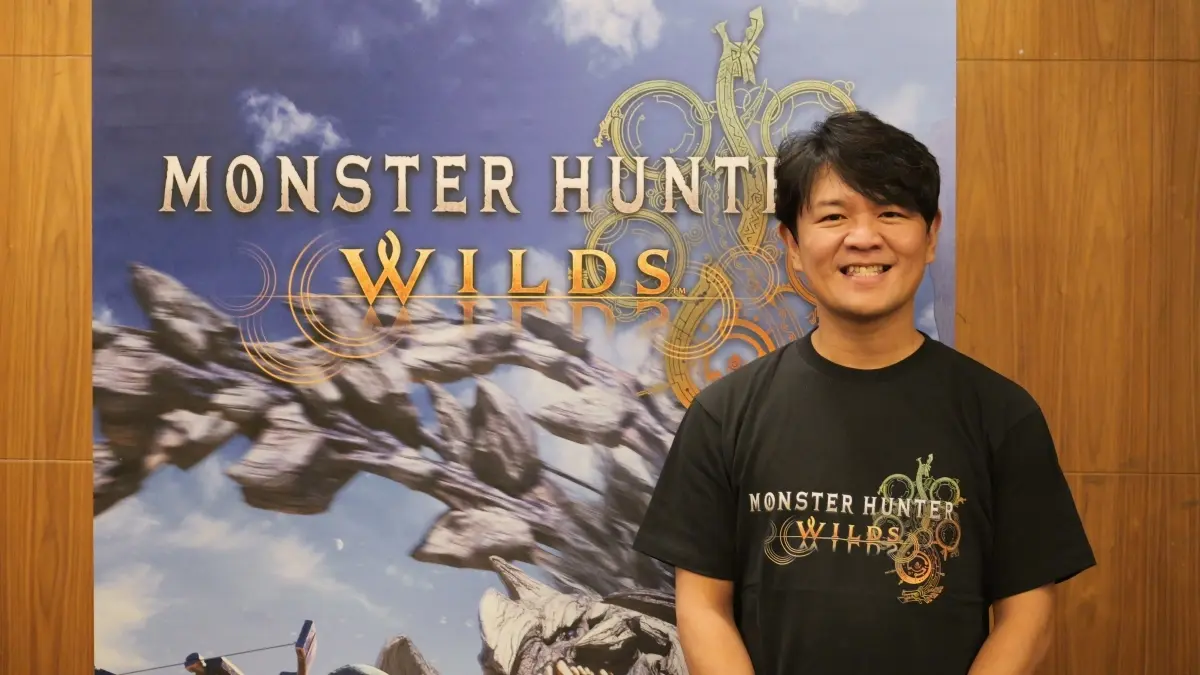
With all the big changes Wilds is bringing to the Monster Hunter formula, there is bound to be some pushback from veteran players who prefer the more simplistic nature of the series' earlier titles. Such concerns are not lost on Tsujimoto, who assured players that the developers want Wilds to remain as close as possible to what fans of the series imagine a Monster Hunter game will look like.
Of course, the developers want to push the series forward with every new title. It's how Monster Hunter has grown from a niche series to one of Capcom's most successful franchises, after all. But just like the natural environment the developers present in the games, Monster Hunter has to keep evolving.
For Tsujimoto, the developers have their own vision for what Wilds will be: the most immersive Monster Hunter title yet. Whether it's monster design, weapon changes, voiced Hunters and Palicoes, and so on, the developers know that not all decisions they make will be welcomed with open arms by players.
But just like the game's monsters having to adapt to shifting ecosystems in order to survive, Tsujimoto and the Wilds development team have struck a delicate balance with how they and the players each think a Monster Hunter game should be like.
“As someone who has worked on the development team for Monster Hunter, a series that has been going on for over 20 years now, we also have our own image of what we feel Monster Hunter is just like the players. We put a lot of importance on not breaking that image whenever we release a new game. We want to create something that fans will also see as what they feel Monster Hunter is. But at the same time, we also have to add new elements in each new game to evolve the series further. There are so many things for me to list, but we do our best to balance between the image what we the developers and the players have of a Monster Hunter game.”
Monster Hunter Wilds will be released globally on February 28, 2025, on PC, PlayStation 5, and Xbox Series X|S. The game will also be hosting an open beta test available to all players on every platform at the end of October.
For more information on Monster Hunter Wilds, check out the game's official website here.

